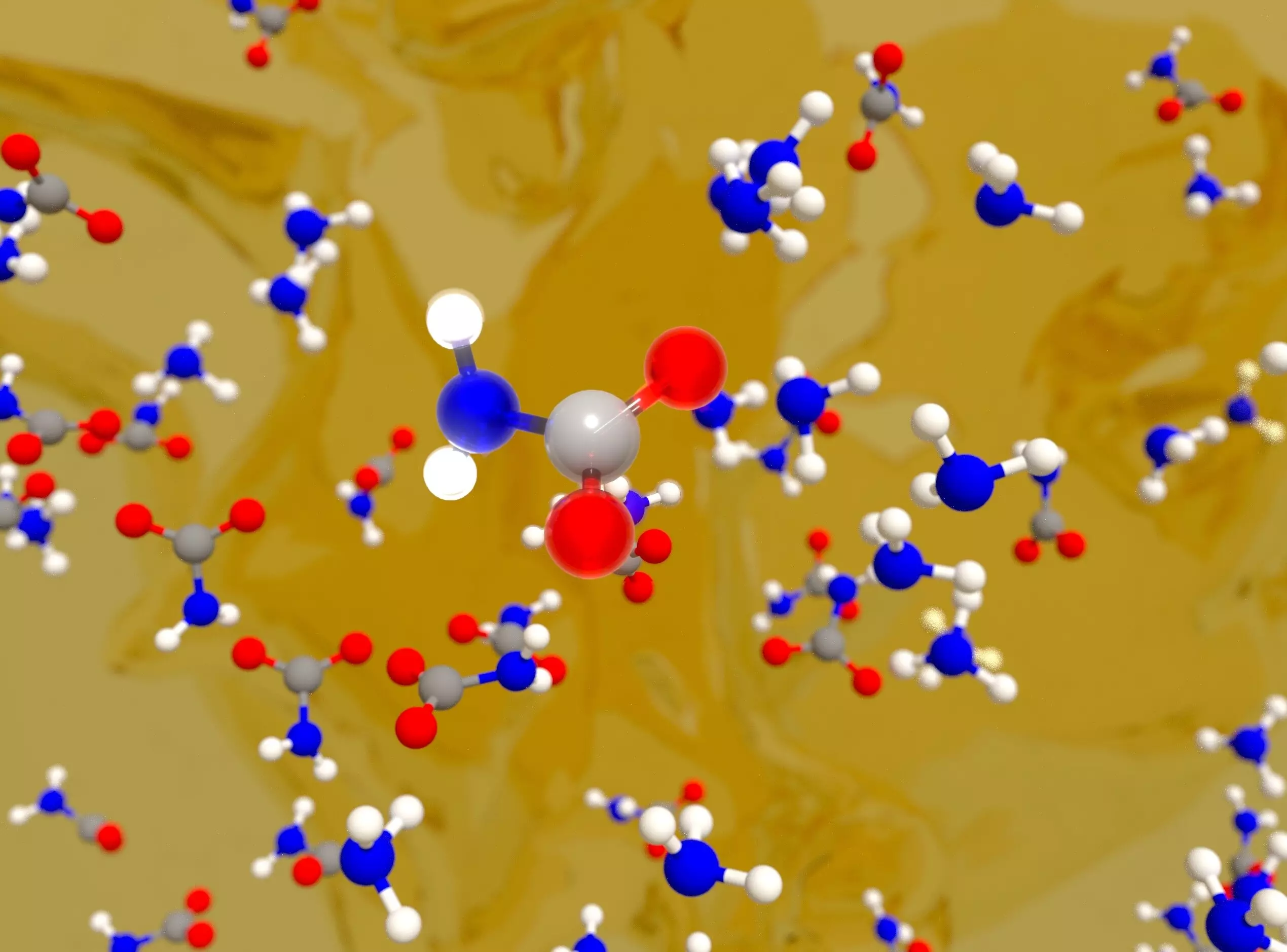In an era where climate change poses significant challenges, the quest for effective carbon dioxide (CO2) capture methods has garnered substantial interest. Lawrence Livermore National Laboratory (LLNL) has made significant strides in the realm of CO2 capture technology through the development of a machine-learning model that provides an atomic-level understanding of CO2 capture mechanisms in amine-based sorbents. This article explores the implications of this groundbreaking research, emphasizing its potential to improve direct air capture (DAC) technologies and mitigate the looming threat of greenhouse gas emissions.
Despite ongoing investments in renewable energy technologies, projections from the U.S. Department of Energy indicate that a significant portion of energy generation will continue to rely on non-renewable sources through 2050. This enduring dependence on fossil fuels introduces an urgent imperative for robust CO2 capture and storage solutions. DAC technologies have emerged as vital tools in this fight against climate change, particularly given the staggering levels of CO2 already present in the atmosphere. By offering a means to extract CO2 directly from the air, DAC technologies not only target current emissions but also play a pivotal role in achieving long-term carbon neutrality.
Among the various solutions for CO2 capture, amine-based sorbents have emerged as frontrunners due to their ability to effectively bind CO2 molecules, even under ultra-dilute conditions. Beyond their efficiency, the affordability of these sorbents has catalyzed widespread experimentation and scaling by several companies, thus shining light on the feasibility of DAC technologies. Despite these advancements, substantial gaps remain in our understanding of the underlying chemistry involved in CO2 capture, particularly under conditions that closely mimic real-world scenarios.
At the heart of LLNL’s recent advancements lies the application of a sophisticated machine-learning model that elucidates the intricate chemical processes associated with CO2 capture in amine solutions. The research team has discovered that the formation of a stable carbon-nitrogen bond between the amino group of the sorbents and CO2 is fundamental to this process. Moreover, they identified a complex network of solvent-mediated proton transfer reactions that are paramount to the generation of the most stable CO2-bound species.
According to lead author Marcos Calegari Andrade, the insights gained from this research provide an important foundation for future studies. The ability for this methodology to extend to other amine variants showcases not only the versatility of machine learning but also its critical role in demystifying the fundamental chemistry of CO2 capture. This aspect of the research potentially opens doors to the development of more effective materials that can enhance the efficiency of carbon capture technologies.
Creating Synergy Between Simulation and Experimentation
Leveraging a combination of grand-canonical Monte Carlo methods and enhanced sampling techniques in molecular dynamics, the LLNL team was able to derive quantities that correlate directly with experimental findings. This relationship is crucial, as it sets the stage for a continuous feedback loop between computational simulations and laboratory experiments. By integrating machine learning with advanced simulation approaches, researchers hope to bridge the gap between theoretical predictions and experimental validations regarding CO2 capture mechanisms.
As highlighted by LLNL scientist Sichi Li, this powerful synthesis represents a new frontier in our understanding of environmental chemistry. The methodological innovations introduced by this research have the potential to revolutionize material design, aligning with global commitments to achieve net-zero greenhouse gas emissions.
The findings from LLNL not only advance the fundamental knowledge surrounding CO2 capture but also bolster the design frameworks for next-generation materials that might drive our transition towards a more sustainable future. Co-corresponding author Simon Pang emphasizes the importance of this research in crafting the tools necessary for effectively tackling greenhouse gas emissions.
As the world seeks to combat climate change, collaborative efforts between computational modeling and experimental validation will undoubtedly shape the future landscape of carbon capture technologies. The critical work done by LLNL exemplifies the promising possibilities at the intersection of artificial intelligence, chemistry, and environmental science—each step inching us closer to a viable solution for one of humanity’s most pressing challenges. Through continued innovation and research, the path toward a cooler, more sustainable planet becomes increasingly attainable.


Leave a Reply